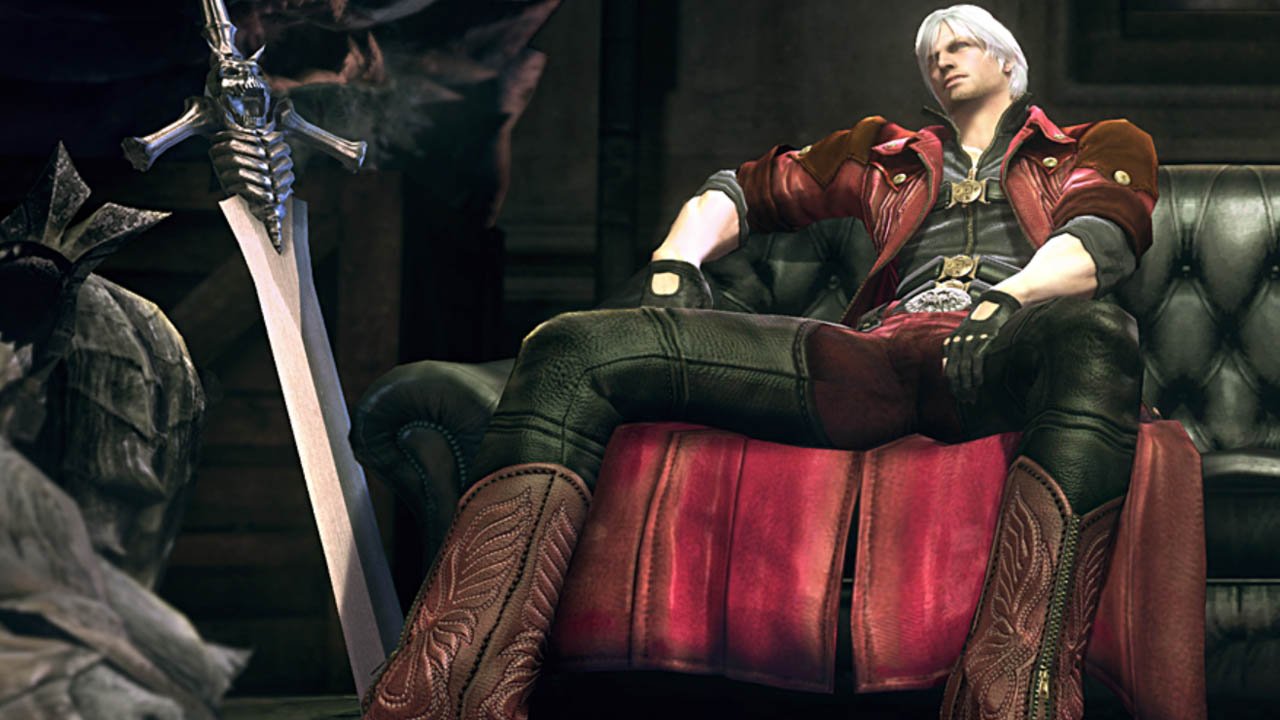Being a bad ass quickly becomes the least satisfying feeling in many videogames. In many third person action games, getting to this point involves plowing through wave after wave of faceless goons who are dispatched with such ease it’s a wonder they were recruited to help some evildoer take over the world. Their attacks, when they don’t miss, merely bounce off our hero’s armour with little impact. They use the advantage of numbers by waiting their turn to attack. And they usually go down when our hero gently exhales. If dominating my opposition is the key to that magical badass feeling, why would I feel even remotely satisfied when I’ve beaten down hundreds of minions that would need a brain donation instead of a transplant?
“it’s unforgivable when the majority of enemies you fight are weaklings”
I’m sure you’ve thought of examples while reading that previous paragraph. The God of War series, Ninja Gaiden 3, Dynasty Warriors 1 – Infinity and you could surely add more to that list. Weak enemies have been around since the Goomba, and span across many genres like the trash mobs of MMO’s, but in third person action games that focus entirely around combat, it’s unforgivable when the majority of enemies you fight are weaklings sent en masse in place of an actual challenge.
A few games offer deviations from the usual army of enemies you have to wade through in most third person action games. The examples are few, but are worth pointing out. Prince of Persia, the cell-shaded remake from 2008, was a bit divisive with its very forgiving platforming mechanics, but one element that was overlooked was the change to the series’ combat. Most scenarios had you encountering a single enemy in an arena like space. Rather than a few swings of your sword to dispatch a foe, some timing and coordination was required in order not to let an enemy get the upper hand on you. Though there were only a few enemies to fight in the game, it’s important to remember platforming was the main focus of the game. There was an effort to make the few enemies you did fight provide some challenge and a genuine test of skill as opposed to pressing the X button and moving on.
Contrast this with previous iterations of Prince of Persia, and The Forgotten Sands, which followed the reboot, you’re more likely to fight a few dozen enemies at a time, most of which offer no real resistance. What’s especially galling about the difference is that a handful of enemies that require some thought are buried amongst scores that don’t. It makes for a great example of how most third person action games throw a few dozen worthless enemies at players until one that requires some skill to defeat appears amidst the masses.
Dark Souls, though definitely a title that throws multiple opponents at you, treats enemy encounters as moments to stop and focus on what’s in front of you. You can’t carelessly hack through your enemies without hours of experience and levels under your belt. Over time you’ll learn how to handle four or five opponents at once. When you take down two giant suits of heavy armour at once, it isn’t because their attacks were trivial, it’s because you had to learn their patterns and equip yourself well enough to deal with them. It’s also no surprise that what is probably the toughest boss encounter in the game, Smough and Ornstein, is a two-on-one fight. Dark Souls demonstrates precisely how combat against multiple opponents shouldn’t be taken for granted and keeps the fodder to a minimum.
Compare Dark Souls to a game like Dynasty Warriors. You’ll likely kill more enemies in Dynasty Warriors before your first death than you will before your tenth death in Dark Souls. Part of that has to do with the punishing difficulty of Dark Souls, but it also demonstrates how trivial most enemies in Dynasty Warriors are. If I’m just killing foes who have no chance against me while waiting for a boss to show up, what’s the point of fighting them aside from filling up time? If you replaced the Chinese armies of Dynasty Warriors with Goombas, you wouldn’t be able to tell the difference. The mushroom people of Dark Souls are a much more terrifying prospect.
There are many fine games that have you cutting waves of destruction through enemies. But when you think back on titles like God of War or Devil May Cry, do you remember the 700th scraggly demon you defeated? Or do you remember the one section where you nearly died fighting a mini-boss you had to react to with well-timed counter attacks? Although light years apart when considering their level of difficulty, Dark Souls and Prince of Persia take approaches to combat that offer a challenge that involves more than throwing a horde of weak enemies at the player.
The mark of a poor boss in my mind has always been the number of minions thrown in to make it a challenge. If the answer to making a challenging third person action game is to add more enemies, it might serve the game better if the few enemies there offered a greater challenge.



